Staying fit often feels like a luxury reserved for those with time, money, and endless energy. But what if you’re a busy professional juggling meetings, deadlines, and family commitments? And what if your fitness budget is tighter than your calendar?
The good news: building strength doesn’t require a $100/month gym membership, expensive equipment, or two-hour workout sessions. With smart strategies, consistency, and a few time-saving hacks, you can build real strength—on your schedule and within your budget.
Strength training isn’t just for bodybuilders. For professionals, it offers powerful benefits:

You don’t need dumbbells or resistance bands to begin. Bodyweight exercises are highly effective for building foundational strength. Here’s a beginner-friendly routine you can do at home in under 20 minutes:
Perform this routine 3 times a week. As you get stronger, increase reps or add short rest intervals. The key is consistency—not intensity.
Once bodyweight exercises feel easy, add resistance. But you don’t need a home gym. Consider these affordable tools:
These tools take up little space and can be stored in a closet or under your desk—perfect for small apartments or home offices.
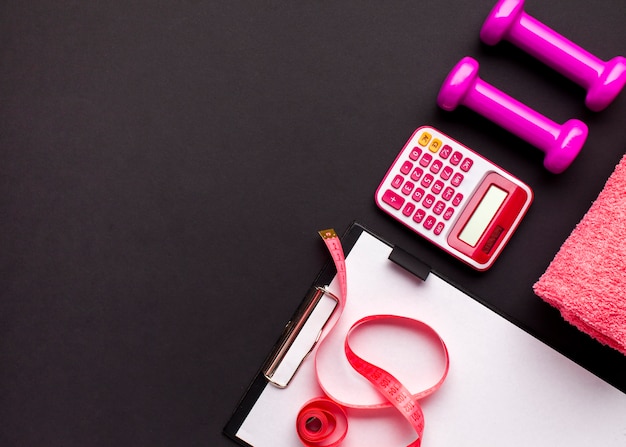
Time is your scarcest resource. Here’s how to make fitness fit—without adding stress:
Even 10 minutes a day adds up to 70 minutes weekly—enough to see progress over time.
Tracking keeps you motivated and shows progress, even when the scale doesn’t budge. Try these simple methods:
You don’t need spreadsheets. A simple checkmark system or sticky note calendar works.
Motivation dips. That’s normal. Build cues that make fitness automatic:
Focus on showing up, not perfection. One workout is better than none.
You don’t need more time or money to get stronger. You need a plan that respects your reality. By using bodyweight exercises, affordable tools, and smart time management, you can build strength that supports your career, health, and well-being.
Start small. Track your progress. Celebrate every win. Over time, those small efforts compound into real, lasting change—without burning out or breaking the bank.
Your strongest self isn’t waiting for the perfect moment. It’s built in the busy, imperfect ones.

Fitness

Fitness

Fitness

Fitness

Fitness

Fitness

Wellness
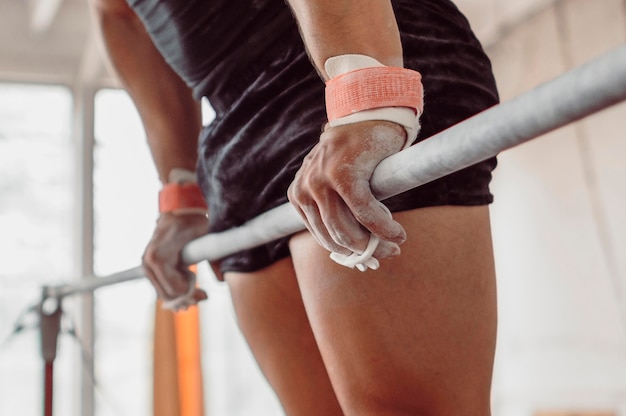
Fitness
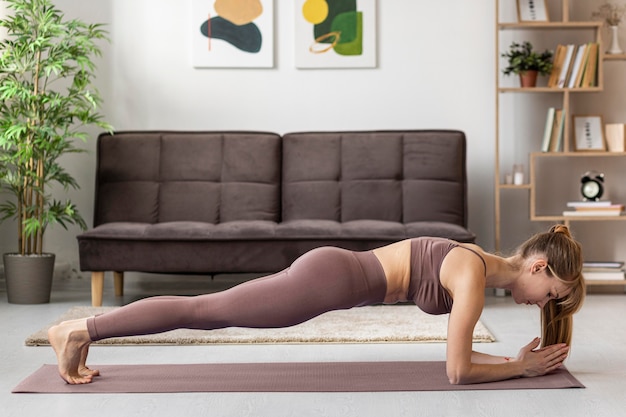
Fitness

Fitness
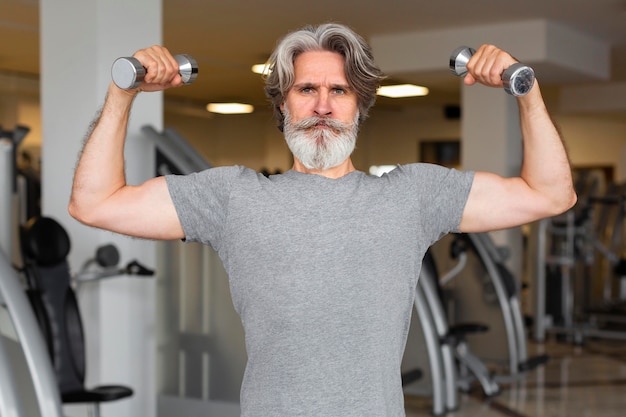
Fitness
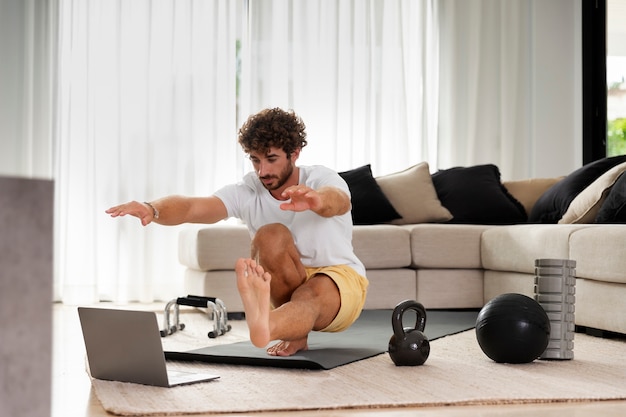
Fitness

Health

Fitness

Health

Health